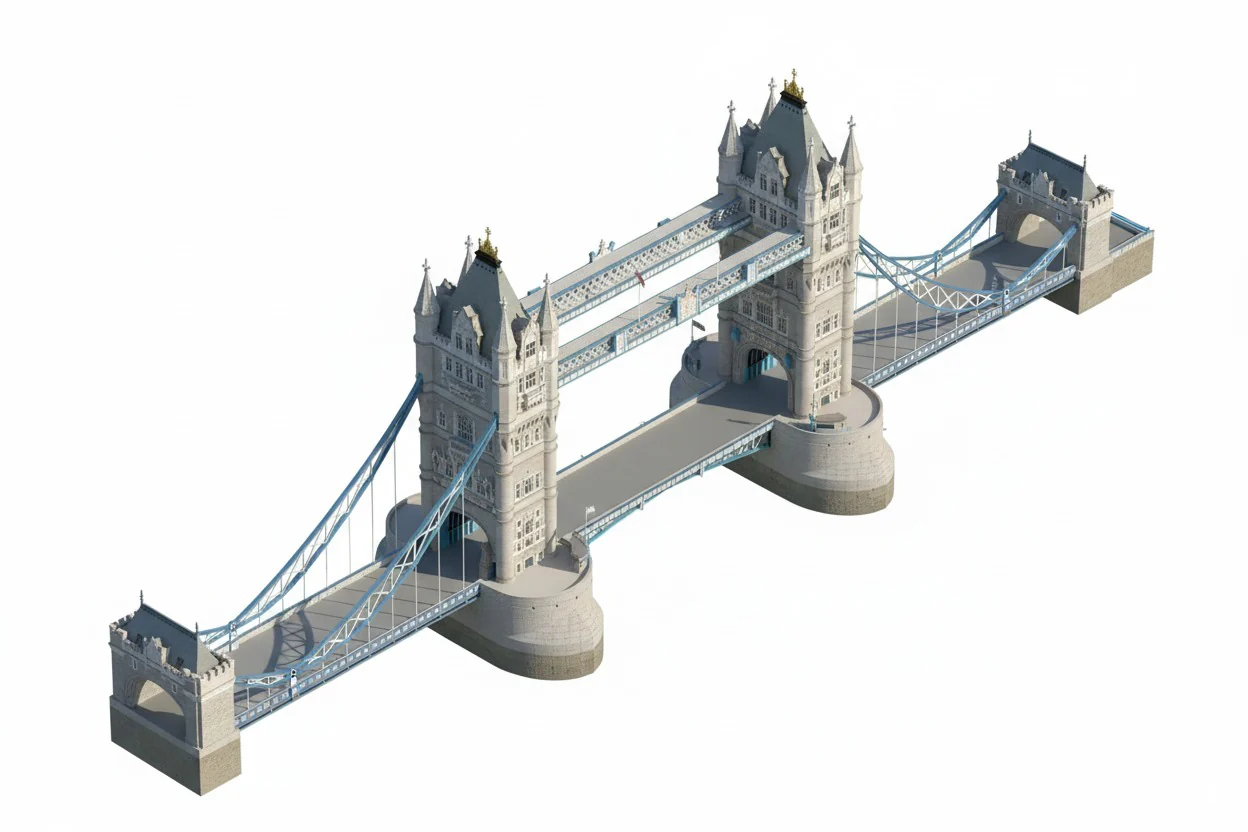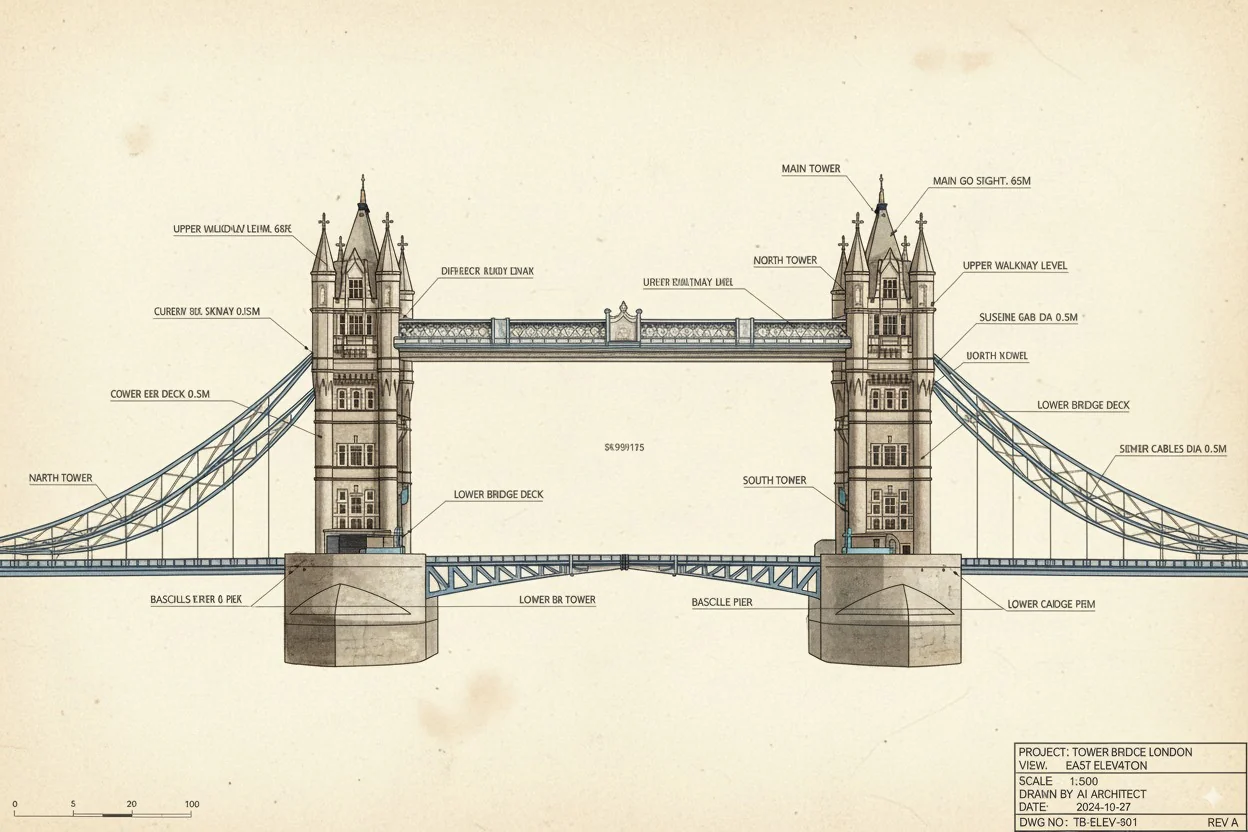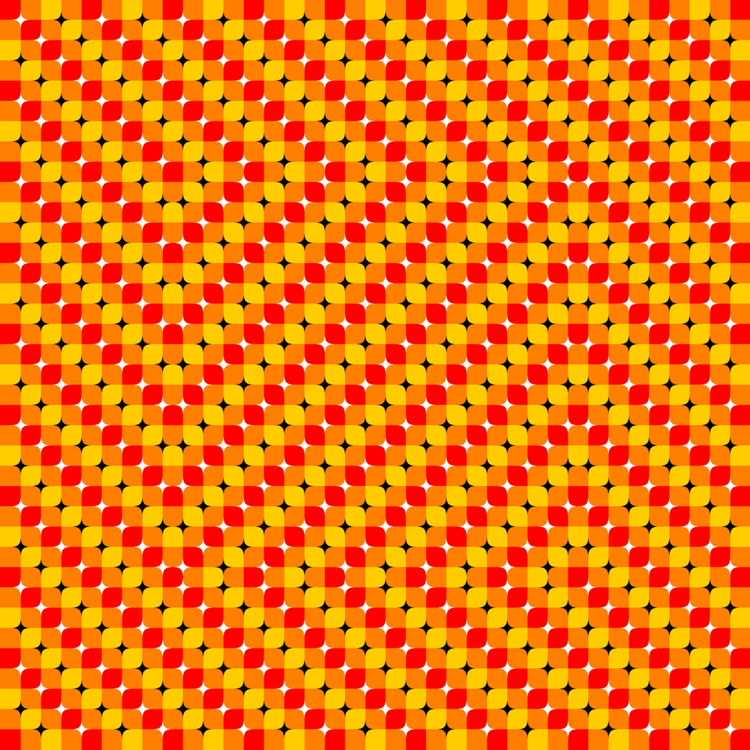BREAKING NEWS
LATEST POSTS
-
Big tech snags Hollywood talent to pursue enhanced reality
https://www.cultofmac.com/726927/apple-among-the-tech-giants-snapping-up-vfx-experts-to-work-on-ar/
Silicon Valley’s biggest companies are snapping up the people and technology behind some of Hollywood’s blockbusters in an effort to improve their augmented- and virtual-reality offerings.
“It’s harder to make as much money working in visual effects,” said Paul Debevec, a veteran of the visual-effects industry who is now a professor at the University of Southern California. About 4½ years ago Google hired Mr. Debevec, an award-winning pioneer in the creation of convincing digital humans, to help the company advance extended reality.
Working in visual effects in film and TV can mean long, unpredictable hours, limited compensation, poor job security and paltry benefits—many call it the “cool tax” one pays for the pleasure of working in Hollywood.
-
Framestore acquires Company 3 / Method
In a press release, Framestore said the acquisition and resulting scaled-up business “represents the next phase of the industry, uniquely uniting all aspects that support the making of entertainment and communications content – from concepts, through to digital and post-production.”
www.broadcastnow.co.uk/tech/framestore-acquires-company-3-/-method/5154656.article
-
Titmouse Vancouver Join IATSE To Become First Canadian Animation Studio To Unionize
Animators at Titmouse Vancouver have unionized, voting 98% to 2% to join the Animation Guild, IATSE Local 938. IATSE says it’s the first animation studio in Canada to become unionized.
The studio’s many animated titles include Black Panther for BET, Star Trek: Lower Decks for CBS All Access, and Star Wars: Galaxy of Adventures for Disney XD.
FEATURED POSTS
-
Google’s Nano Banana AI: Free Tool for 3D Architecture Models
https://landscapearchitecture.store/blogs/news/nano-banana-ai-free-tool-for-3d-architecture-models



How to Use Nano Banana AI for Architecture- Go to Google AI Studio.
- Log in with your Gmail and select Gemini 2.5 (Nano Banana).
- Upload a photo — either from your laptop or a Google Street View screenshot.
- Paste this example prompt:
“Use the provided architectural photo as reference. Generate a high-fidelity 3D building model in the look of a 3D-printed architecture model.” - Wait a few seconds, and your 3D architecture model will be ready.
Pro tip: If you want more accuracy, upload two images — a street photo for the facade and an aerial view for the roof/top.
-
Unity – HDRI processing
The goal is to clean the initial individual brackets before or at merging time as much as possible.
This means:- keeping original shooting metadata
- de-fringing
- removing aberration (through camera lens data or automatically)
- at 32 bit
- in ACEScg (or ACES) wherever possible
Local copy
-
Rendering – BRDF – Bidirectional reflectance distribution function
http://en.wikipedia.org/wiki/Bidirectional_reflectance_distribution_function
The bidirectional reflectance distribution function is a four-dimensional function that defines how light is reflected at an opaque surface
http://www.cs.ucla.edu/~zhu/tutorial/An_Introduction_to_BRDF-Based_Lighting.pdf
In general, when light interacts with matter, a complicated light-matter dynamic occurs. This interaction depends on the physical characteristics of the light as well as the physical composition and characteristics of the matter.
That is, some of the incident light is reflected, some of the light is transmitted, and another portion of the light is absorbed by the medium itself.
A BRDF describes how much light is reflected when light makes contact with a certain material. Similarly, a BTDF (Bi-directional Transmission Distribution Function) describes how much light is transmitted when light makes contact with a certain material
http://www.cs.princeton.edu/~smr/cs348c-97/surveypaper.html
It is difficult to establish exactly how far one should go in elaborating the surface model. A truly complete representation of the reflective behavior of a surface might take into account such phenomena as polarization, scattering, fluorescence, and phosphorescence, all of which might vary with position on the surface. Therefore, the variables in this complete function would be:
incoming and outgoing angle incoming and outgoing wavelength incoming and outgoing polarization (both linear and circular) incoming and outgoing position (which might differ due to subsurface scattering) time delay between the incoming and outgoing light ray








